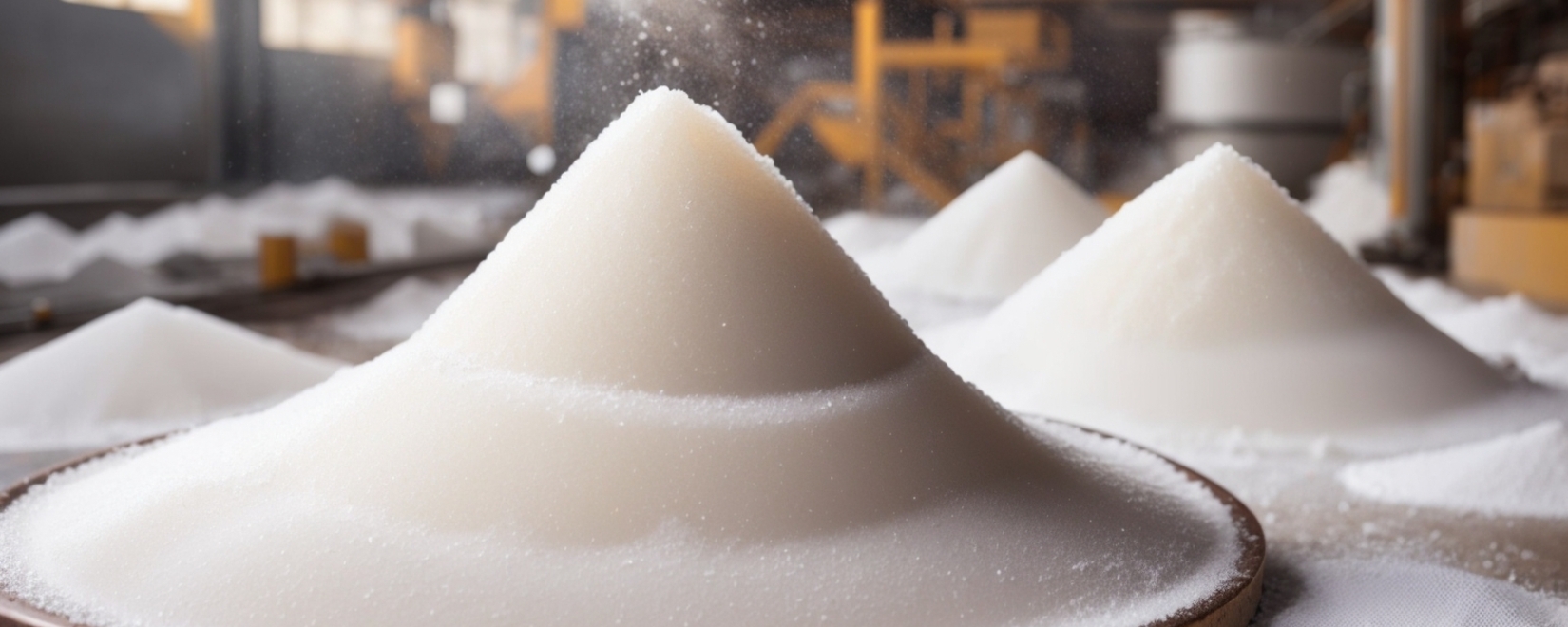The International Sugar Organization (ISO) has significantly lowered its forecasts for a global sugar deficit for the 2023/24 season, driven by record production in Brazil. According to ISO's latest quarterly report, the organization predicts a global sugar deficit of just 0.33 million metric tons, down markedly from the previous estimate of 2.11 million tons. The change builds on increased production in Brazil, which enjoyed a near-perfect season for sugarcane in 2023, with abundant rainfall and dry weather that greatly accelerated the harvest.
An important aspect of the new ISO forecast is the adjustment to total global sugar production in the 2023/24 season. The organization increased its estimate from 174.84 million tons to 179.88 million tons. At the same time, global sugar consumption is estimated at 180.22 million tons, higher than the previous forecast of 176.96 million tons. Feedback from ISO member countries contributed to this forecast change.
Brazil, the world's largest sugar producer, was able to significantly increase its production this season thanks to favorable weather conditions. Throughout the year, the country was expecting maximum sugarcane harvest, starting with adequate precipitation such as heavy rains and then moving to dry land. This combination of conditions contributed to a faster harvest and increased sugar production in Brazil.
The lower sugar shortage forecast and higher production forecast reflect the new reality in the international sugar market. Brazil has demonstrated its ability to produce significant volumes, and this may affect the balance of sugar supply and demand in the near future.
However, despite the increase in the forecast for global sugar production, global consumption is also expected to remain high. According to ISO data, total sugar consumption is projected at 180.22 million tonnes, up from the previous estimate of 176.96 million tonnes. This indicates that sugar demand remains stable and may continue to grow in the near future.
The acquisition of new data from ISO member countries allows the organization to more accurately assess the balance of supply and demand for sugar in the global market. This is important for sugar producers, traders and consumers to adequately plan their actions and make decisions in a changing global market.
Overall, the new ISO forecasts for sugar shortages and production reflect changes in the international dynamics of the sugar industry. Brazil is a key player in determining the balance of supply and demand in the world market, and its significant production has a significant impact on world prices and availability of sugar. Further developments in the situation will be closely monitored by producers and consumers as the global market continues to adapt to new conditions.

 Trading platform
Trading platform 
 Monitoring
Monitoring  Express applications
Express applications 
 Fork Work
Fork Work 
 Service
Service  News
News  Directory
Directory 
